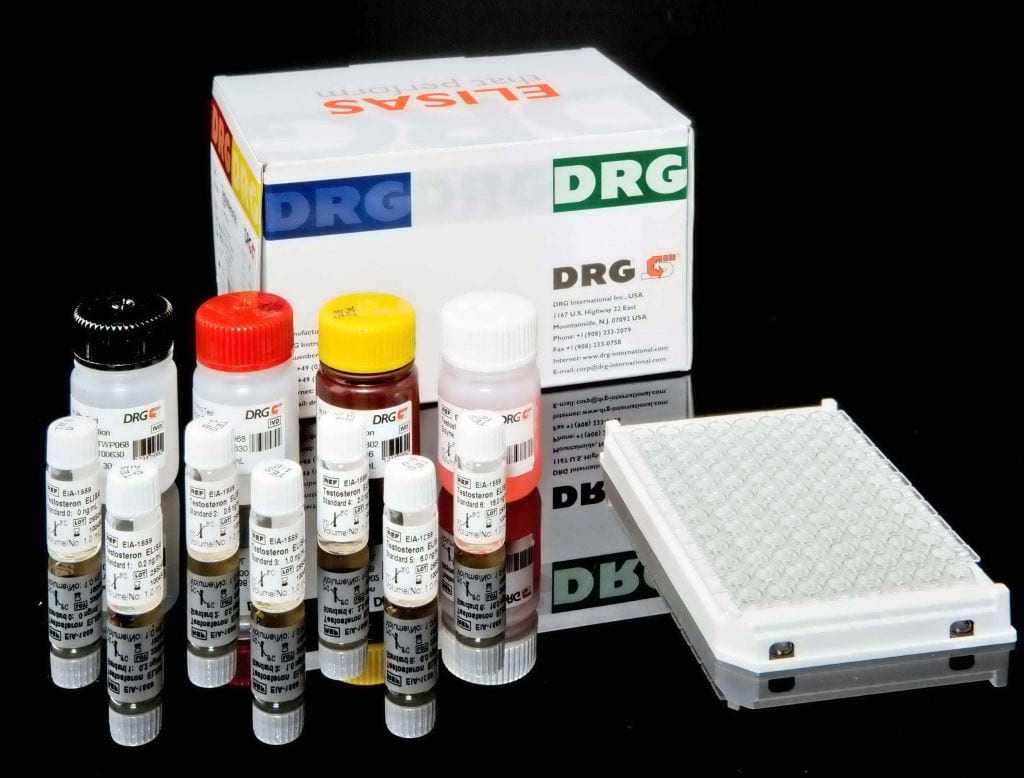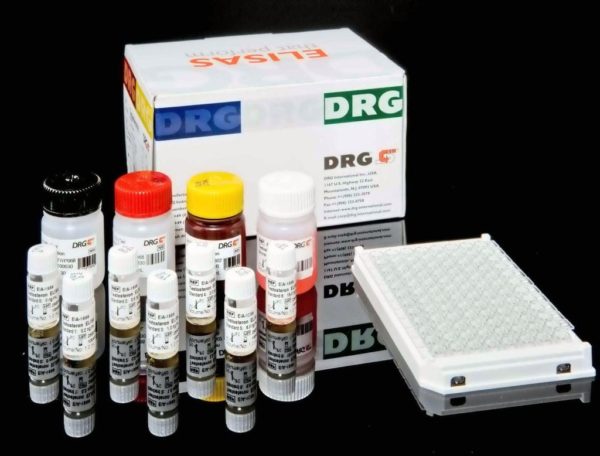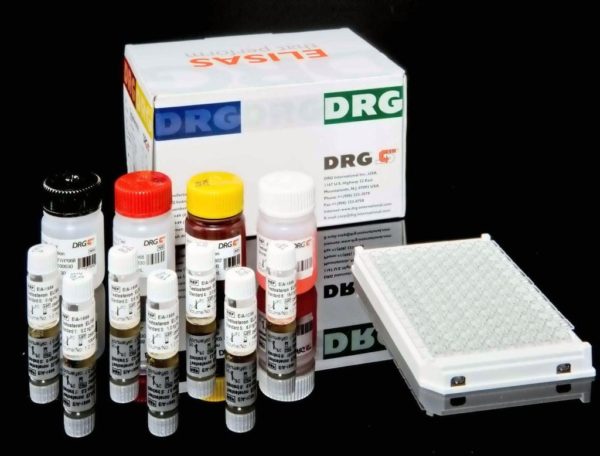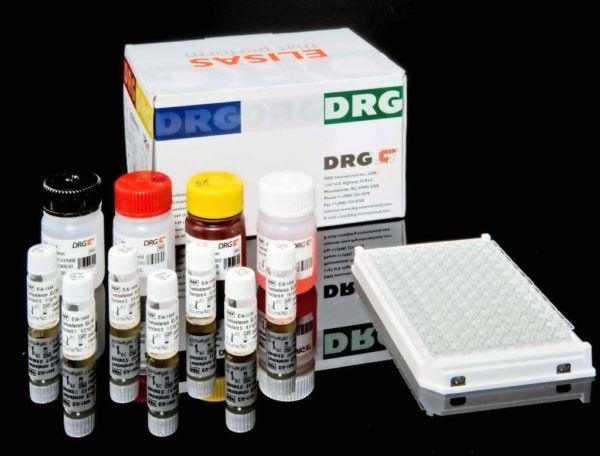Description
Enzyme Immunoassay for the quantitative determination of Histamine in plasma and urine.
In combination with the supplementary kit Histamine Release (for details contact your local supplier), the assay can be used for the measurement of histamine release in heparinized whole blood. In the first part of the procedure, Histamine is quantitatively acylated. The subsequent competitive ELISA kit uses the microtiter plate format. The antigen is bound to the solid phase of the microtiter plate. The acylated analyte concentrations in the standards, controls and samples and the solid phase bound analyte compete for a fixed number of antibody binding sites. After the system is in equilibrium, free antigen and free antigen-antibody complexes are removed by washing. The antibody bound to the solid phase is detected by an anti-goat IgG-peroxidase conjugate using TMB as a substrate. The reaction is monitored at 450 nm. Quantification of unknown samples is achieved by comparing their absorbance with a standard curve prepared with known standard concentrations.
Histamine belongs to the biogenic amines and is synthesized by decarboxylation from the amino acid histidine. It is synthesized by mast cells, basophils, platelets, histaminergic neurons, and enterochromaffine cells, where it is stored intracellularly in vesicles and released on stimulation. Histamine acts by binding to its 4 receptors (H1R, H2R, H3R and H4R) on target cells in various tissues. It causes smooth muscle cell contraction, vasodilatation, increased vascular permeability and mucus secretion, tachycardia, alterations of blood pressure, and arrhythmias. In humans, histamine is one of the most important mediators and takes part in the initial phase of an anaphylactic reaction (Òimmediate typeÓ allergy). Of clinical interest is also the quantification of the histamine release from basophilic leucocytes in allergies. Therapeutic consequences should never be based on laboratory results alone even if all test results are in agreement with the items as under point ÒProcedural cautions, guidelines and warningsÓ. Any laboratory result is only a part of the total clinical picture of the patient. Only in cases where the laboratory results are in an acceptable agreement with the overall clinical picture of the patient it can be used for therapeutic consequences. The test result itself should never be the sole determinant for deriving any therapeutic consequences.




